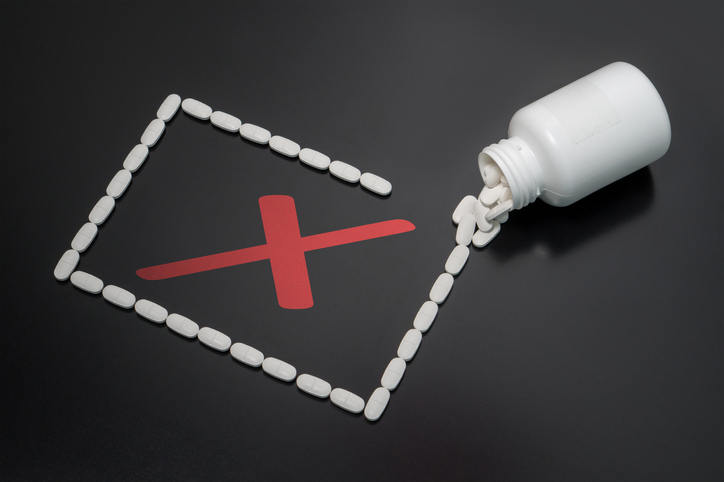What to Do When There are Medication Errors in the Pharmacy
by Cassi Prosper, CPhT
 Medication safety should be a priority for all of us!
Medication safety should be a priority for all of us!
Every time we fill an order or a prescription correctly, we are helping our patients get better. However, if we make an error, we could potentially harm or even kill someone’s loved one!!!! Something that we would never want to experience. As pharmacy technicians, we are responsible for keeping our patients safe!!!
We must ensure we are diligent in preventing medication errors and creating an environment where employees feel safe to report errors or “near misses” so that process improvements can be made to prevent similar mistakes in the future. To prevent future errors, facilities must implement standards of operations that can only be developed when errors/near misses are reported.
Employees should not be afraid of punishment; they should be encouraged to report for the safety of our patients.
In a perfect world, errors would never happen, right?!
When you find that perfect world let me know because we sure don’t live in it. The reality is that we are all human, and when working under the pressures of pandemic surges, understaffing, and many other pressures, mistakes can and most likely will happen.
“To Err is Human,” published by the Institute of Medicine in 2000, broke the silence surrounding medical errors and their consequences. They did this not by pointing fingers at caring health care professionals who make honest mistakes. Instead, this book sets forth a national agenda for reducing medical errors and improving patient safety through the design of a safer health system.
To prevent errors, we must be able to see where they are most likely to occur. We can do this by tracking medication errors and solutions, but they cannot be tracked when they are not reported.
Reporting errors (even those caught before leaving the pharmacy) and completing a root cause analysis are vitally important to prevent similar errors in the future. Root cause analysis (RCA) is a systematic process for identifying “root causes” of problems or events and an approach for responding to them. For example, if two look-alike/sound-alike medications are often mixed up when filling orders and the bins are located right next to each other without any auxiliary warnings and tall-man lettering, then a good plan of action would be to label all look-alike/sound-alike medication bins with tall-man lettering and look-alike/sound-alike auxiliary labels.
In addition, you could also place a note between the two bins of look-alike/sound-alike medication reminding staff to double-check or separate the bins with another medication bin, even if it is a bit out of alphabetical order.
Even with a well-organized and seemingly safe pharmacy environment, errors are still liable. It is what we do after an error is discovered that is important. If you are involved in an error, even if caught by a coworker or yourself before it was dispensed, be sure to report it to your pharmacist. Patient safety is more important than our egos.
We are all human and make mistakes, but what we do to correct our mistakes will keep our patients safe!
We must create a culture where we are all open and willing to report errors so that others can learn from them and process improvements can be made.
We must support those who report and not penalize them. After all, to err is human.






